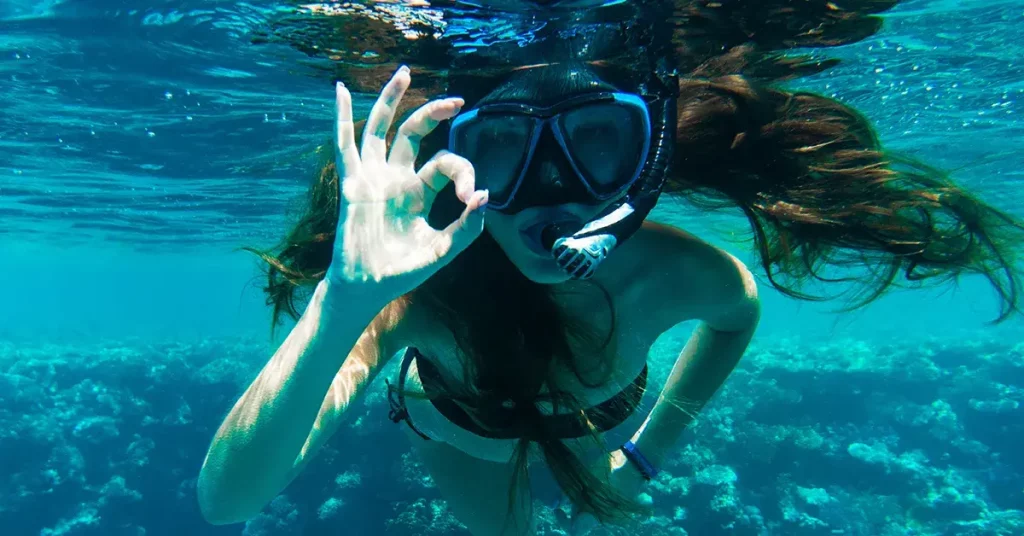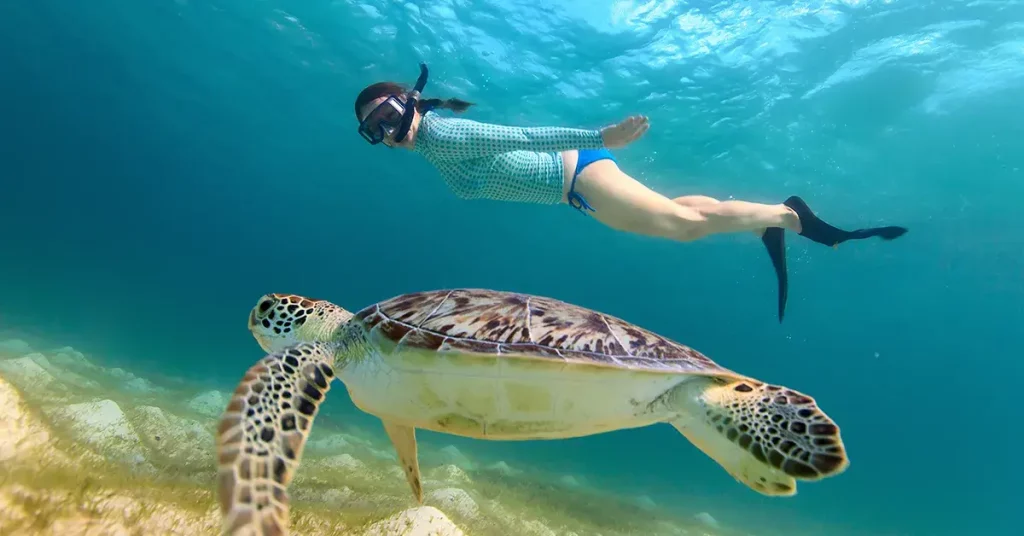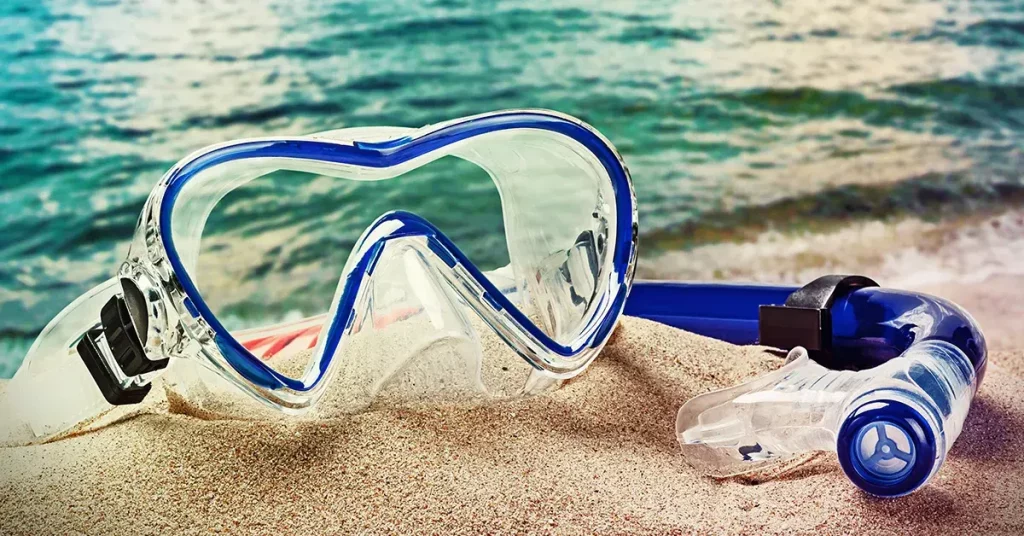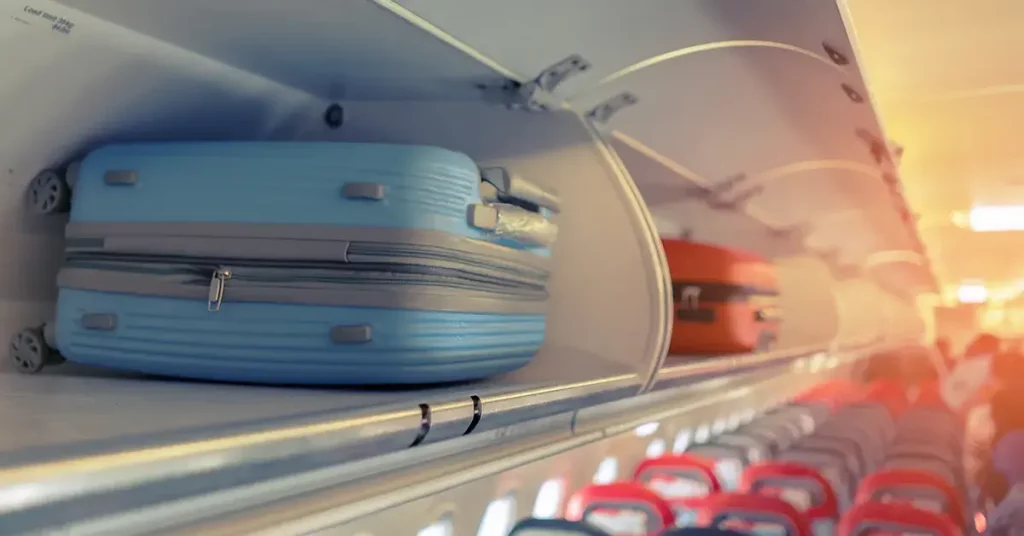Many factors will affect your snorkeling experience, and the wind is no exception. Wind can generate waves that make swimming comfortably more challenging, reduce water visibility, or even cool down the water.
Although a windy day can damper your plans, it doesn’t mean you have to forgo snorkeling altogether. Let’s discuss when is it too windy to snorkel and how to handle windy conditions.
Understanding Wind Conditions and Forecasts
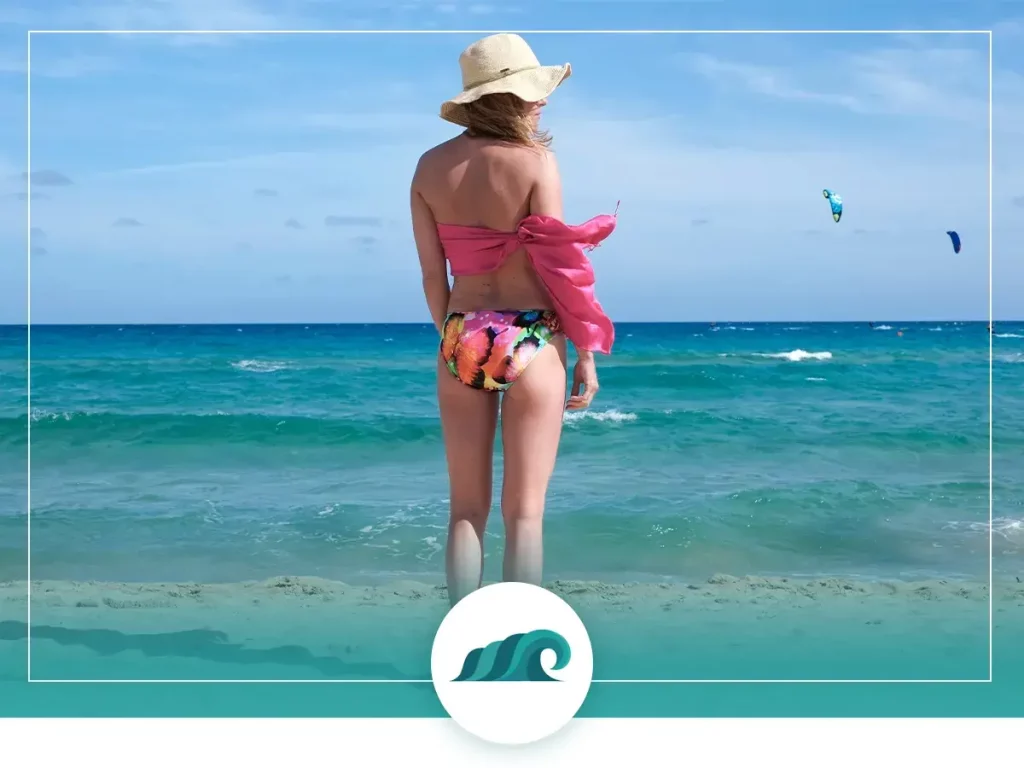
Captains know that to understand wind conditions, you’ll need to be familiar with the term “knot.” Rather than using miles per hour as a measurement, a knot is a nautical term that measures speed. This measurement is a more accurate way to predict wind speed. One nautical mile is approximately 1.15078 miles. Learning how to measure wind by knots will help you decide when is it too windy to snorkel.
Before you go snorkeling, check the wind forecast to see how many knots the wind is blowing and what the wind direction is.
Wind Speed
No matter the time of day, time of year, or the weather, there will always be some wind. However, highly windy days can make snorkeling uncomfortable. Not only will the wind affect snorkeling, but the direction of the wind makes a difference.
So, when is it too windy to snorkel? You’ll need to consult the Beaufort Wind Scale to understand wind speed. This tool is a scale for wind that ranges from 0-12, with 0 being nearly no wind and 12 being hurricane winds blowing over 73 miles per hour.
For example, the Beaufort number 4 represents a moderate breeze with wind speeds of 13-18 miles per hour or 11-16 knots. In this scenario, you could expect small waves that become more significant and somewhat frequent “white horses” (crest of the mane of a breaking wave.)
Everyone’s swimming and snorkeling abilities vary, so anything over a gentle breeze or number 3 on the Beaufort scale may be uncomfortable. Ideally, you want a light breeze and mild waves when you snorkel.
Wind Direction
The wind direction is the way the wind is blowing. When it comes to coastal areas, you will have onshore or offshore winds. We refer to this wind system as cardinal directions or cardinal points.
For example, if your location has a south wind, the wind would blow towards the north. If you had a western wind, it would be blowing east.
Offshore VS Onshore Winds
If the wind blows toward the shore, this is referred to as onshore wind. When the wind blows onshore, it creates choppy water or produces waves while it pushes the ocean water toward the shore.
Offshore wind is when the wind blows away from the shore. In this scenario, the water closest to shore will be protected from the wind by land, so it typically won’t create any waves.
Although offshore wind is preferable for snorkelers and scuba divers, a strong wind could push you away from your boat or the land.
Does Too Much Wind Make Snorkeling Difficult?
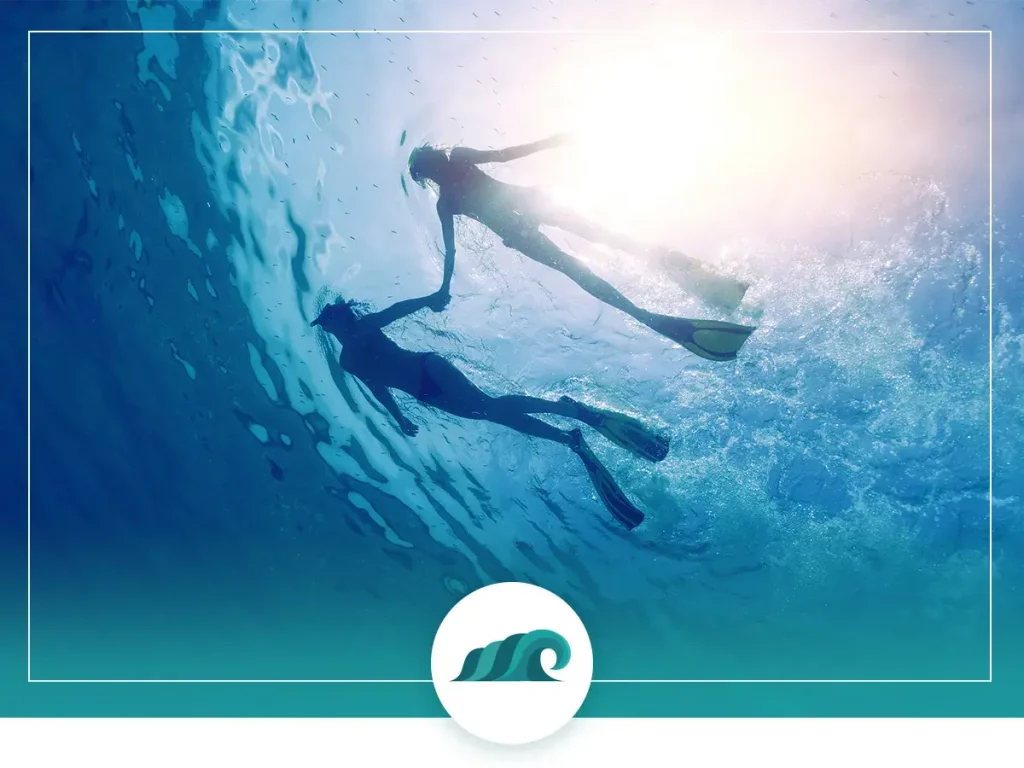
Inexperienced snorkelers and experts alike will likely find windy snorkeling conditions less enjoyable. One reason windy days make snorkeling harder is the sea spray caused by the wind can cause you to get water in your snorkel. So, you’ll have to clear it out more often.
If significant waves are coming, you may find the rough conditions of the up-and-down movement uncomfortable. For some, it causes seasickness similar to when you’re on a boat.
Additionally, offshore winds may push you further away from your snorkeling tour boat or the land.
Is Snorkeling in Windy Conditions Dangerous?
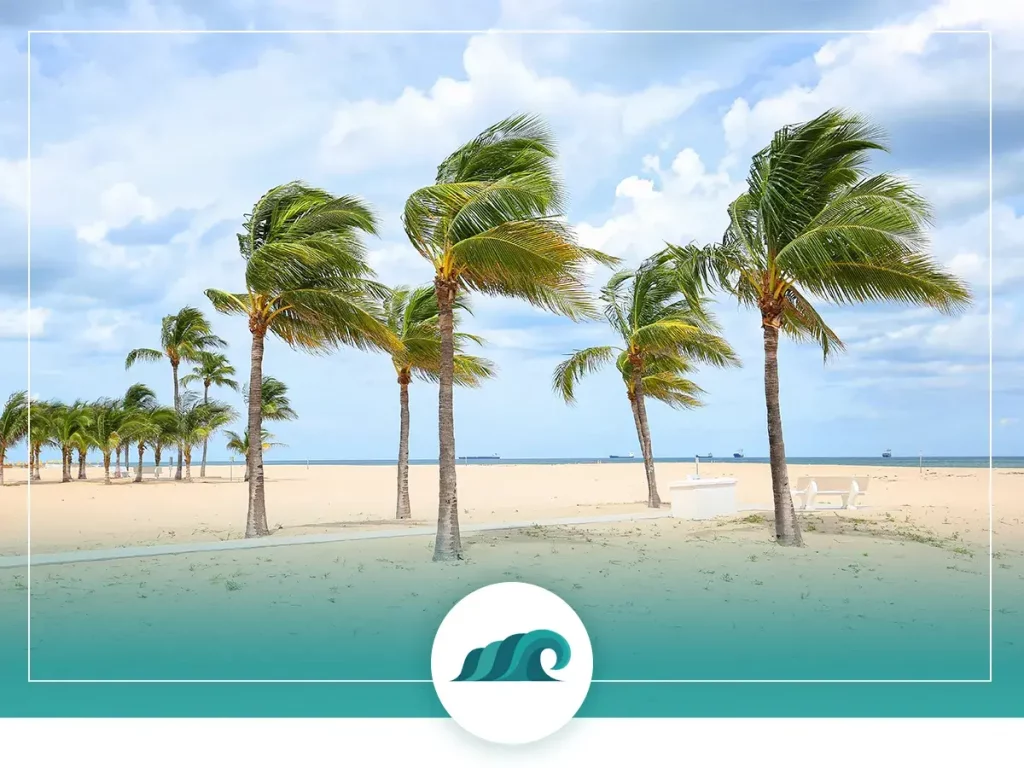
The inconveniences that windy conditions cause an experienced snorkeler may be dangerous to someone new to snorkeling. Strong winds could affect snorkeling by causing fatigue, making it more challenging for the snorkeler to find an exit point. Snorkelers experiencing wavy conditions may struggle to breathe or panic, making it even more difficult to reach safety.
If you’re new to snorkeling, start by going on a snorkel tour with a snorkeling tour operator, like curacao snorkeling tours. This way, you’ll have a professional to guide you and choose an ideal snorkel location.
Ultimately, if the wind information shows that it’ll be a less-than-ideal day to snorkel, it’s best to make alternative plans and go when snorkeling conditions are better instead of wondering when is it too windy to snorkel.
Frequently Asked Questions
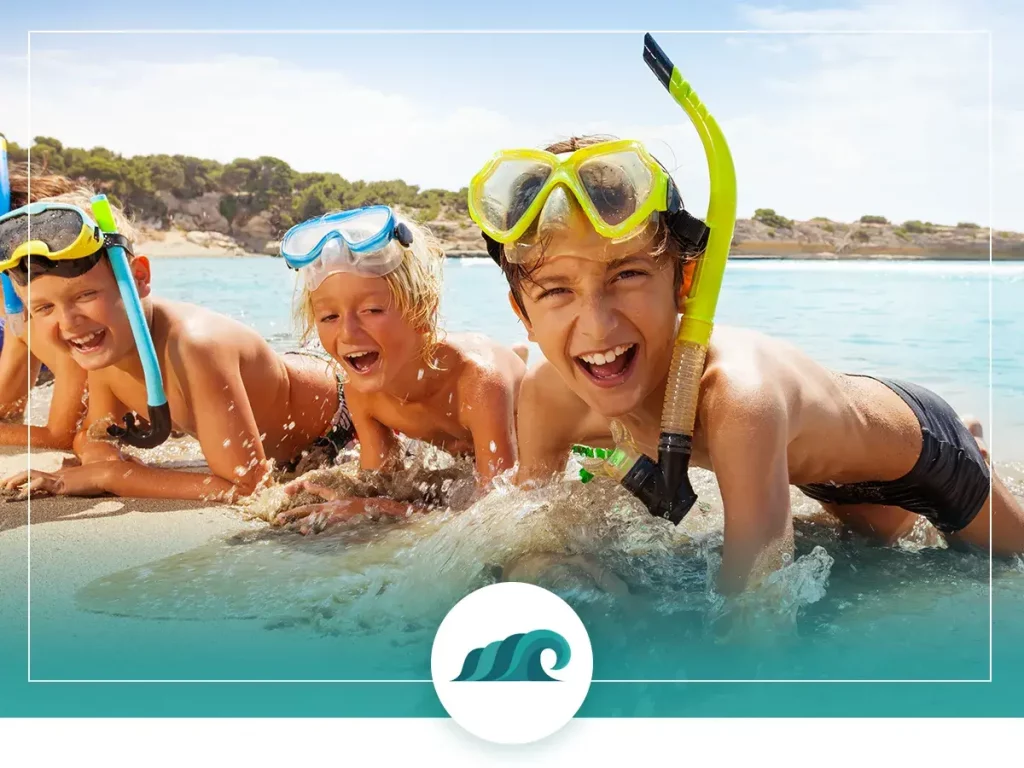
Here are the most frequently asked questions if you’re curious about when is it too windy to snorkel.
Does wind affect water visibility?
Although it may look clear on the water surface, wind can reduce visibility by creating turbulence that reduces the amount of light penetrating the water. Additionally, the currents can stir sand and silt, creating murky water that makes it challenging to see the ocean floor and marine life.
What should I do if it becomes windy while I’m snorkeling?
It’s crucial to breathe slowly and deeply when snorkeling in windy weather. Consider getting a dry snorkel that helps you to stop breathing in water. Dry snorkels have a float valve at the top that closes when waves hit. If you need to remove your mask, ensure you face downwind before you do so.
How do I know if it’s going to be windy?
Before leaving for your snorkeling trip, check the weather to get an idea of wind speed and wave heights.
There are apps designed for watersports like Windy or Windfinder that will include information about the swell, waves, and wind.
Inexperienced snorkelers may want to consider starting with a professionally led boat trip. When snorkeling with a tour company, the snorkeling tour operator cancels during poor conditions.
So, When is it Too Windy to Snorkel?
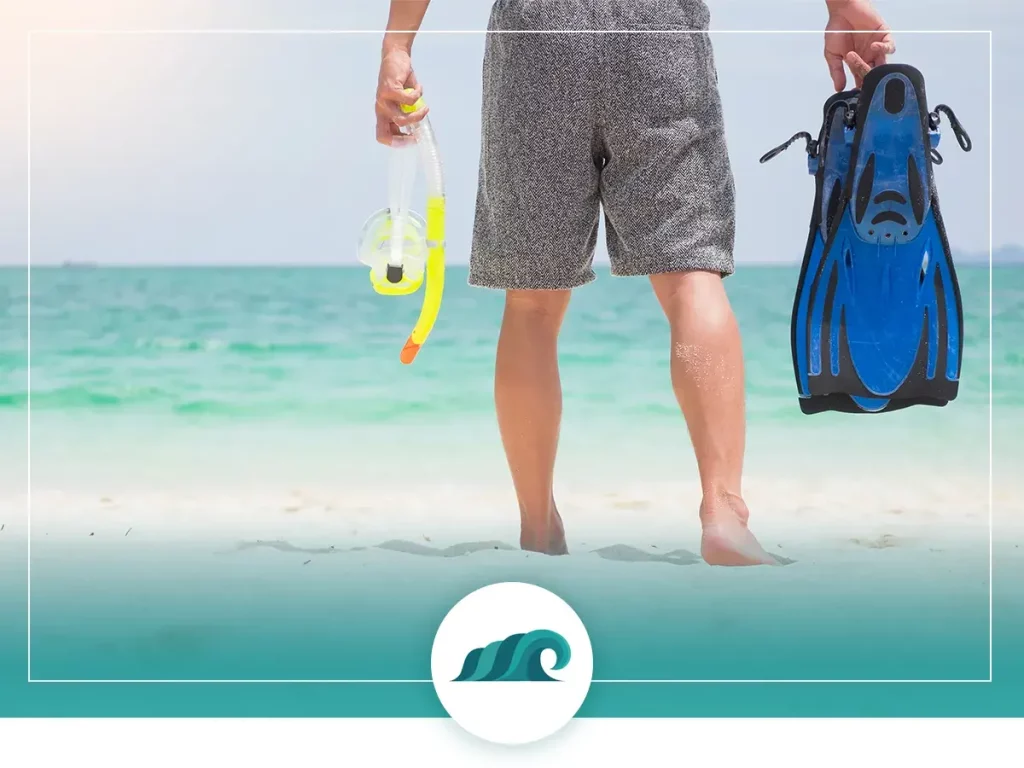
When is it too windy to snorkel? Ideally, you want to go snorkeling on a day when there is a fresh breeze with light winds, clear weather conditions, and lower wave heights in shallow water. But how windy is too windy? When referring to the Beaumont scale, aim for a force of three or under.
It’s also helpful to know how much wind to expect so you can avoid larger waves, as an increased wave height may make snorkeling conditions more dangerous. Planning allows you to easily snorkel in mild conditions and enjoy better visibility. Even if you’re a strong swimmer, use safety precautions for the best snorkeling experience. It’s better to have a clear picture of conditions and what to expect if you’re asking yourself, “When is it too windy to snorkel?”

